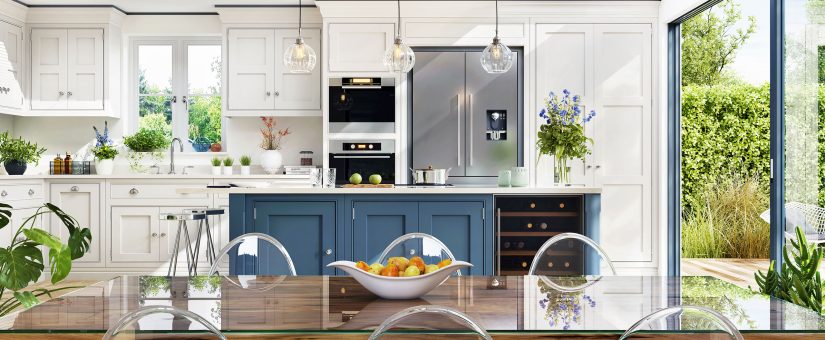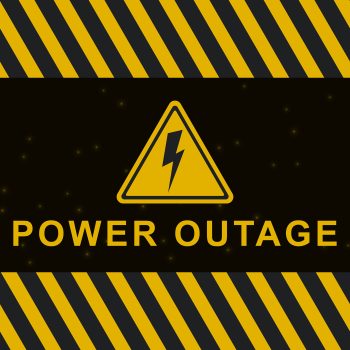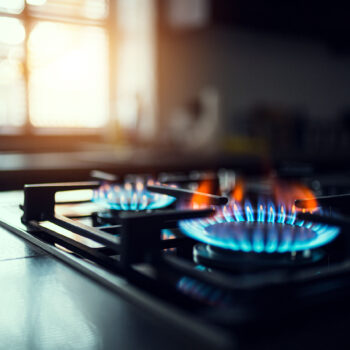
Does Kitchen Appliance Placement Matter?
Are you designing a brand-new kitchen, or remodeling your current one? A lot of thought goes into the kitchen because it is often the hub of the home. The size, lighting, storage, layout, and aesthetics are all major concerns and represent a lot to think about! The team at River City Appliance has seen its fair share of kitchens. No matter how simple or luxurious a kitchen design is, we can’t stress enough the importance of putting appliances in their proper places. What do we mean?
Place Appliances Properly
Most kitchen designers agree that the number one kitchen design element is the work triangle: the placement of the sink, stove, and refrigerator in relation to one another. The benefits of a properly designed kitchen work triangle include:
- Efficiency: Minimizes unnecessary movement between the most-used zones.
- Workflow: Supports a natural, intuitive cooking process.
- Ergonomics: Reduces fatigue by keeping key tasks within easy reach.
- Traffic Management: Helps avoid interference from outsiders in the kitchen.
These are the standard benefits and considerations when designing a work triangle, but we want to add one more rule that we believe is also important:
- Appliance performance and energy use.
Appliances are a significant part of the costs for kitchen construction or remodeling. They should therefore meet your needs in regards to cooking and storage performance. An excellent kitchen layout can be undermined by appliances that do not match the expected work flow or the overall interior design.
On Appliance Proximity
Another matter to consider is that refrigerators and stoves are not friends — they are appliance rivals! Therefore, they should always be kept separate. It seems like an obvious decision to keep the thing that is supposed to be cold away from the thing that gets incredibly hot, but many kitchens sadly put these two appliances right next to each other!Refrigerators release heat from the back or bottom of the appliance to keep everything in them at a safe temperature. Stoves and ovens generate high levels of heat while operating. When placed side-by-side, the oven takes control of the temperature zone every time you use it, requiring the refrigerator to work harder to stay cool. This raises two concerns for your refrigerator.
- Higher energy bills
- Reduced efficiency
Bottom line, it costs more money to run your refrigerator when you put it next to your cooking appliances. (For that matter, a dishwasher gets very hot too, especially during the drying stage.) Besides increasing your utility bill, putting the refrigerator next to the oven can also affect the cooling performance of the former.
- Constantly working to maintain internal temperature creates extra strain on the refrigerator compressor.
- Potential sensor failures or cooling inconsistencies can result from hot air entering refrigerator vents.
You want your appliance investments to last as long as possible, so placing your refrigerator away from your cooking appliances is a wise decision.
Stuck With Bad Placement?
If you have the money for a kitchen remodel, go for it! Carefully consider your kitchen layout, appliance placement, and possible ventilation or heat-shielding solutions for tight spaces. If a layout change is just not practical, do your best to protect the life of your refrigerator by using reflective insulation between the oven and refrigerator. You can also reduce the use of the oven in summer months or increase the air circulation near both appliances. Lastly, consider upgrading to a heat-tolerant refrigerator model.
The team at River City Appliance is interested in the proper function of all your large kitchen appliances. Our years of experience can help you make the best choices in kitchen design. Contact our expert team with all your appliance questions, and schedule an appliance health check-up today!
- Posted by River City Appliance Blog
- On June 26, 2025
- 0 Comment




0 Comments